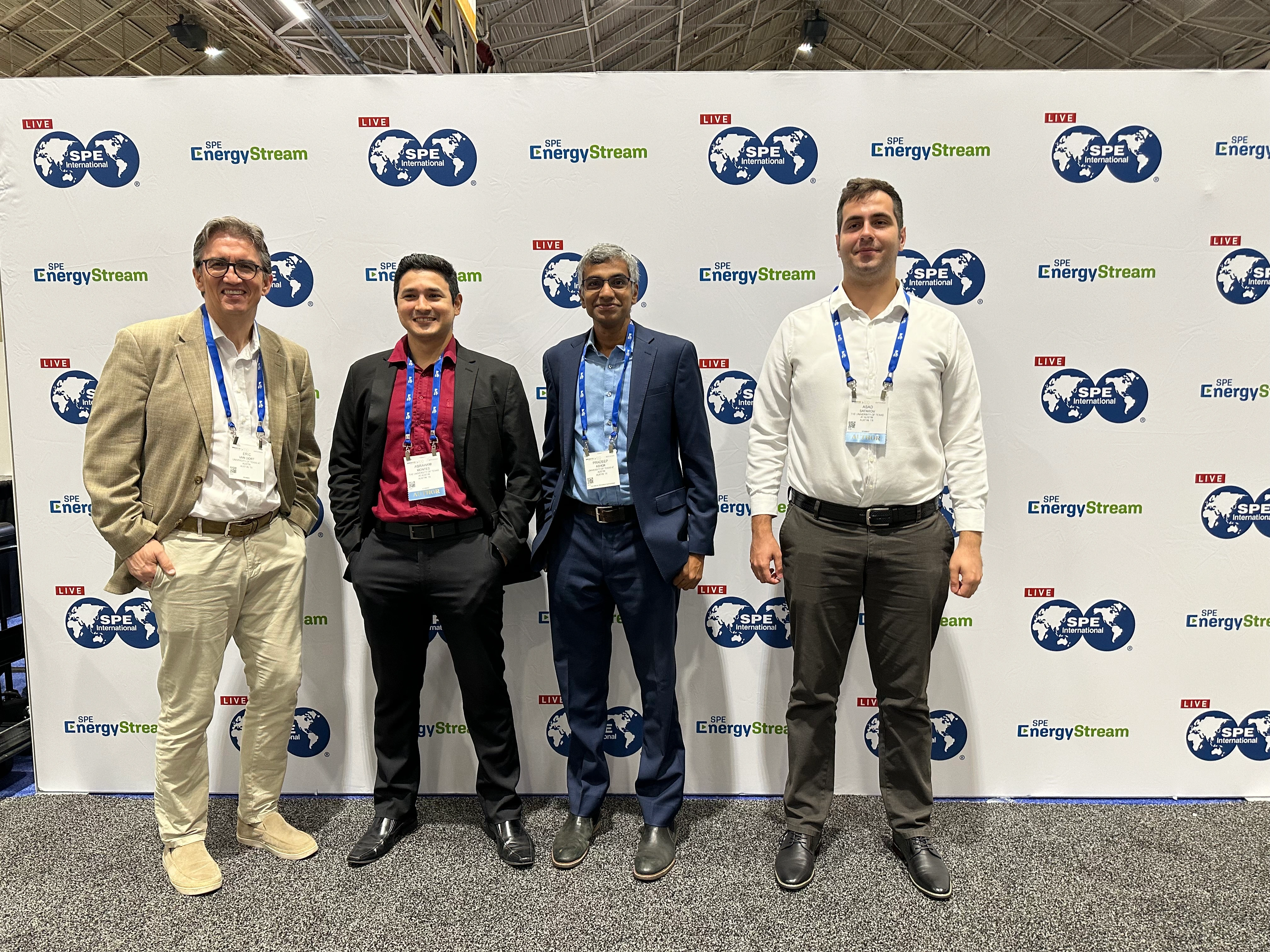

SPE ATCE: An Outstanding Conference
September, 2024.SPE ATCE 2024 was an outstanding conference, featuring high-quality technical content, insightful presentations, and excellent networking opportunities. I am deeply grateful to the Society of Petroleum Engineers International and our dedicated session moderators, Robin Macmillan, Sarah Kern, and Ysabel Witt-Doerring, for recognizing our IADC/SPE publication (SPE-217737-MS) as a significant contribution to the field. Presenting during the special session "Drilling Conference: The Best of the Best" was an honor, allowing me to share solutions to a highly relevant issue in our industry: stuck pipe.
During the conference, I presented a review paper that delves into the critical issue of stuck pipe, which contributes significantly to non-productive time (NPT) in well construction operations. In this paper, my co-authors and I analyze existing prediction models and early warning systems, identifying their strengths and shortcomings across five key aspects: data frequency, modeling approaches, and interpretability. We highlighted the importance of standardizing assessment methods to provide clearer insights into the performance of these models. Our findings also shed light on the phenomenon of "data leakage," where unavailable information was used in model construction. By establishing guidelines for improving stuck pipe prediction models, we aim to enhance future research efforts in this area and extend the applicability of these models to a broader range of drilling abnormalities.
Additionally, I had the opportunity to revisit and present our earlier work, SPE-217737-MS, which explores the integration of physics-based information into anomaly detection models for drilling incidents. Our study revealed that incorporating physics-based insights significantly enhances model performance by reducing false alarms and improving prediction reliability. This hybrid approach not only provides timely warnings for previously unpredictable drilling anomalies but also offers guidance on selecting appropriate prediction time windows. The comparative analysis conducted in this study is the first of its kind, emphasizing the potential of hybrid models in advancing NPT avoidance strategies in drilling operations.
As we look forward to the 2025 SPE/IADC Drilling Conference, I am excited to continue sharing innovative research findings from our team at The University of Texas at Austin. Stay tuned for more updates, and I hope to see y'all in Stavanger!